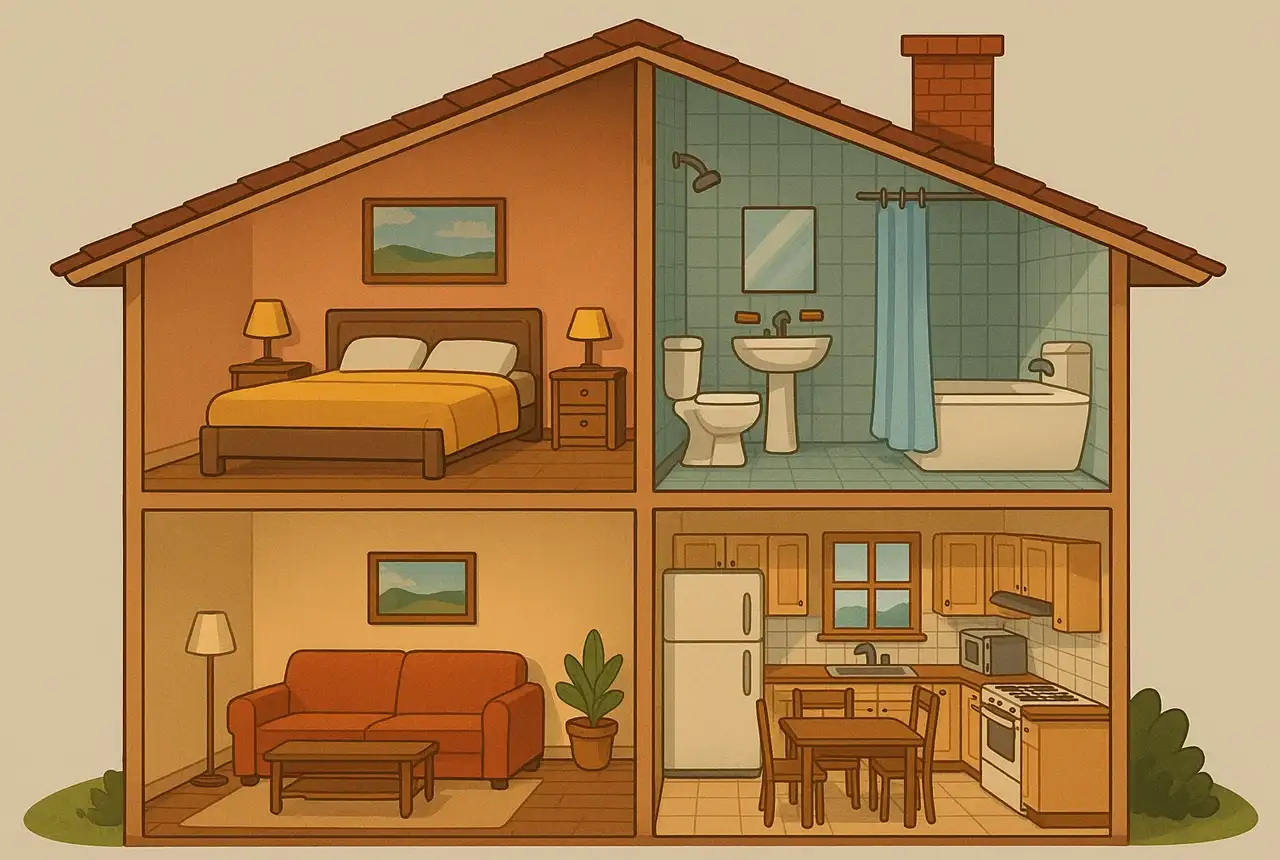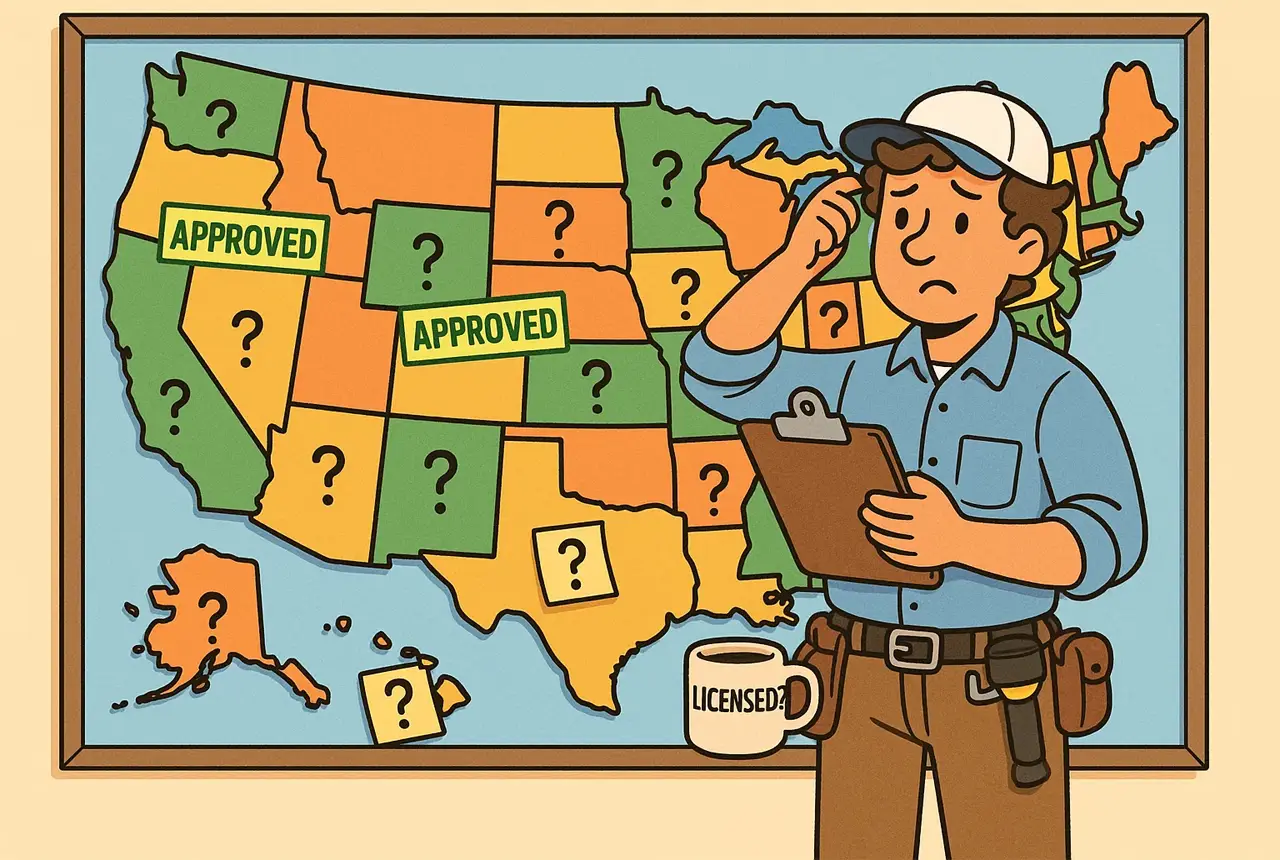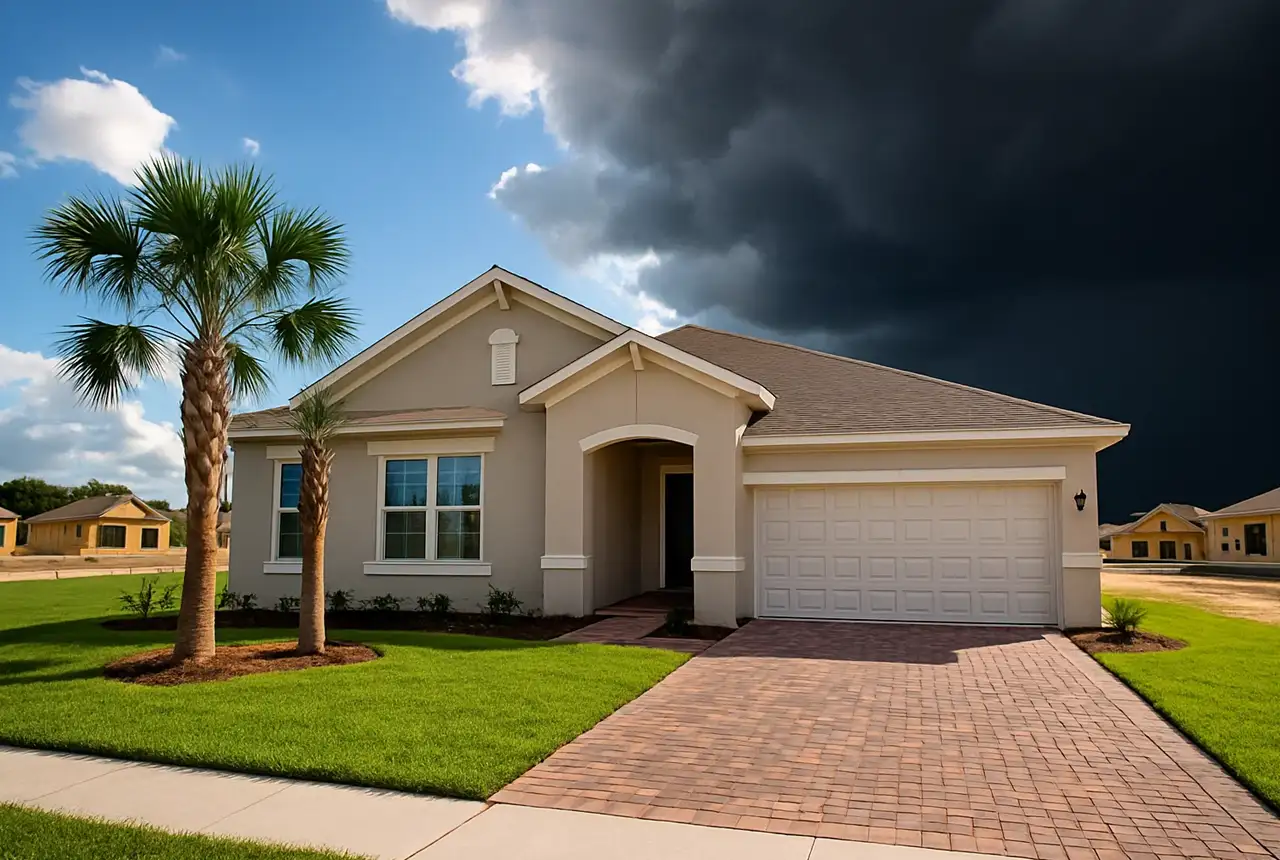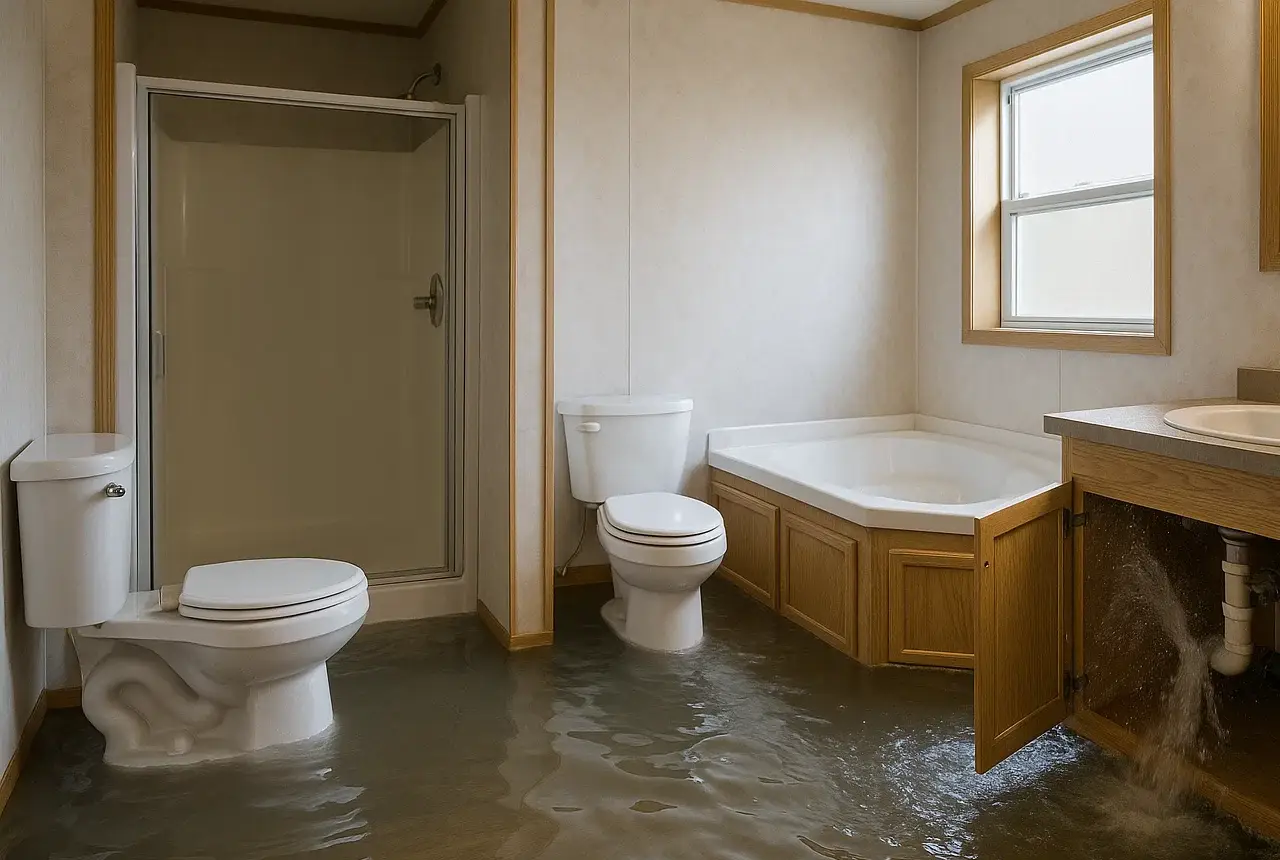The 4-Point Inspection: What It Covers and Why It Matters
If you're buying or insuring a home, especially in Florida, there's a good chance you'll run into the term "4-point inspection." It’s not as comprehensive as a full home inspection, but in many cases, it is required before you can get homeowners insurance.
This article explains:
• What a 4-point inspection includes
• How it's different from a full home inspection
• When and why insurance companies require it
• What to do if your home doesn't meet the requirements
• How it's different from a full home inspection
• When and why insurance companies require it
• What to do if your home doesn't meet the requirements
What Is a 4-Point Inspection?
A 4-point inspection focuses on the four major systems of a home that present the greatest risk for insurance claims:
1. Roof
2. Electrical System
3. Plumbing System
4. HVAC (Heating, Ventilation, and Air Conditioning)
2. Electrical System
3. Plumbing System
4. HVAC (Heating, Ventilation, and Air Conditioning)
These four areas are evaluated for age, condition, safety, and functionality. Up until more recently, this type of inspection was typically required for homes over 25 or 30 years old. Since Covid, they're being required on more and more properties - sometimes homes even a year old, if you're not the first owner. The results are submitted to your insurance provider for consideration.
Why Do Insurance Companies Require It?
In states like Florida, where insurance risk is high, insurance companies use 4-point inspections to evaluate whether your home qualifies for coverage.
These systems are the most likely to cause high-dollar damage, such as fires, water leaks, or structural issues. If any of these systems are near end-of-life, improperly installed, or outdated, the insurer may deny coverage, require upgrades or replacements, or offer a limited policy with a higher premium.
What’s Included in a 4-Point Inspection?
Roof
• Age, material (shingle, tile, metal, etc.)
• Estimated remaining life
• Visible damage or deterioration
• Signs of active or past leaks
• Estimated remaining life
• Visible damage or deterioration
• Signs of active or past leaks
Electrical
• Panel type and condition
• Wiring type (aluminum, cloth, copper)
• Proper grounding
• Obvious electrical hazards
• Wiring type (aluminum, cloth, copper)
• Proper grounding
• Obvious electrical hazards
Plumbing
• Type of pipes (galvanized, copper, CPVC, polybutylene, etc.)
• Water heater age and condition
• Signs of leaks or corrosion
• General functionality
• Water heater age and condition
• Signs of leaks or corrosion
• General functionality
HVAC
• System age and type (central, mini-split, etc.)
• Cooling and heating functionality
• Signs of poor maintenance or damage
• Cooling and heating functionality
• Signs of poor maintenance or damage
Note: A 4-point inspection is strictly visual. Inspectors don’t open walls or perform detailed diagnostics.
What If a System Is Marked Unsatisfactory on the 4-Point Inspection?
A home does not technically "pass" or "fail" a 4-point inspection. Instead, each system is evaluated as either satisfactory or unsatisfactory based on its condition, functionality, and safety.
If one or more systems are rated as unsatisfactory, the insurance company may:
- Decline to issue a new policy
- Refuse to renew an existing policy
- Require that repairs or replacements be completed before coverage is granted
- Offer limited coverage or increased premiums based on risk
In this case, your next steps might include:
- Addressing the specific deficiencies noted in the inspection
- Requesting a reinspection after repairs
- Exploring other insurance providers with different underwriting criteria
If this happens, your next steps might be:
• Replace or repair the flagged system
• Request a reinspection
• Shop for another insurer with different criteria
• Request a reinspection
• Shop for another insurer with different criteria
When Should You Get a 4-Point Inspection?
You may need one if:
• You’re purchasing a pre-owned home (regardless of age)
• Your current insurer requests it at renewal
• You’re switching insurance providers
• You’re applying for Citizens Property Insurance
• Your current insurer requests it at renewal
• You’re switching insurance providers
• You’re applying for Citizens Property Insurance
Can You Combine It With a Wind Mitigation Inspection?
Yes. In Florida, many inspectors offer both inspections as a package. Wind mitigation inspections help reduce your premiums by verifying storm-resistant features. If you're already paying for one, it's often more cost effective to do both.
Final Thoughts
A 4-point inspection might seem like a minor step, but it can be the difference between affordable coverage and being denied entirely. It is also a great opportunity to understand the condition of your home's critical systems.
Even if your home is newer, reviewing these four areas can be a smart move—especially if you're planning upgrades.
Quick FAQ
Q: Does a 4-point inspection check the foundation or attic?
A: No. It only includes the roof, HVAC, plumbing, and electrical systems.
A: No. It only includes the roof, HVAC, plumbing, and electrical systems.
Q: Who pays for the 4-point inspection?
A: The homeowner or buyer typically pays. It is not always included in a standard home inspection, so be sure to ask your inspector if they include it or charge an additional fee.
A: The homeowner or buyer typically pays. It is not always included in a standard home inspection, so be sure to ask your inspector if they include it or charge an additional fee.
Q: Can I use a 4-point inspection instead of a full inspection when buying a home?
A: No. A 4-point inspection is for insurance, not buyer protection.
A: No. A 4-point inspection is for insurance, not buyer protection.






